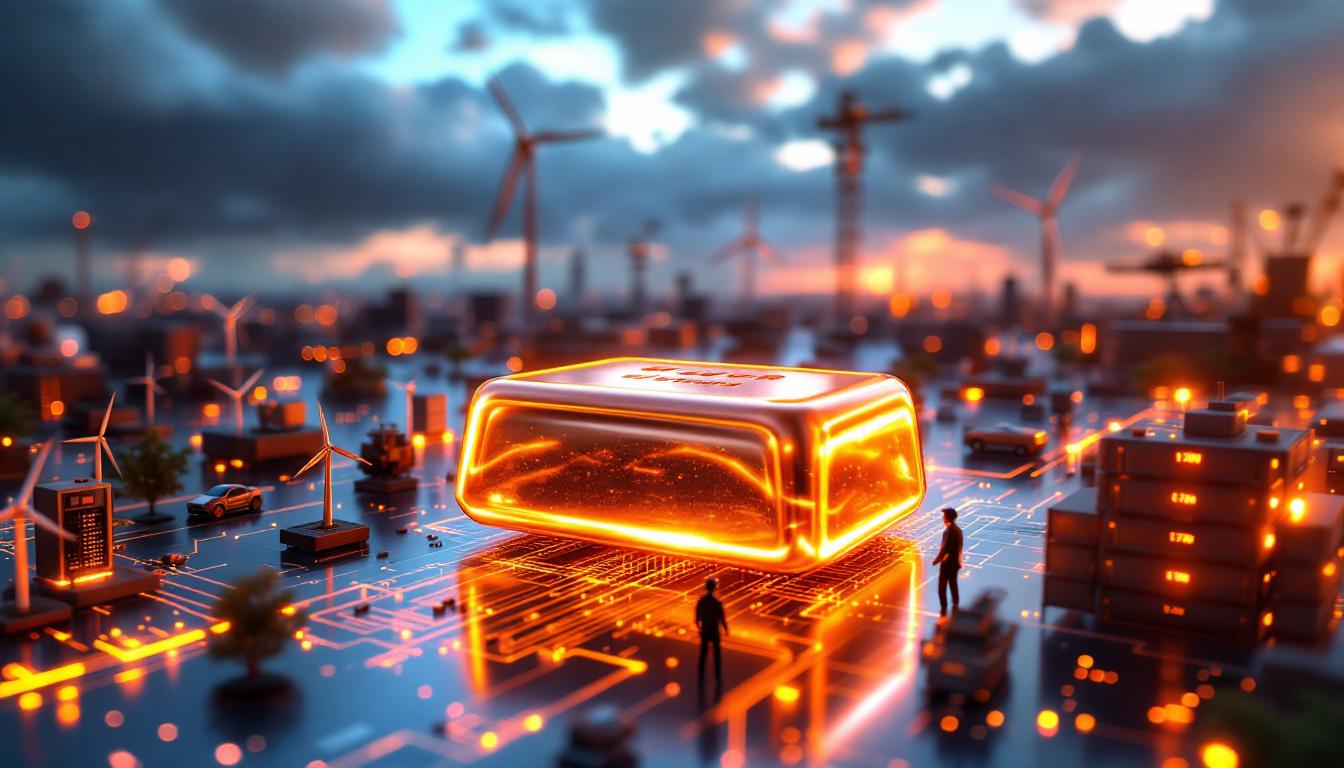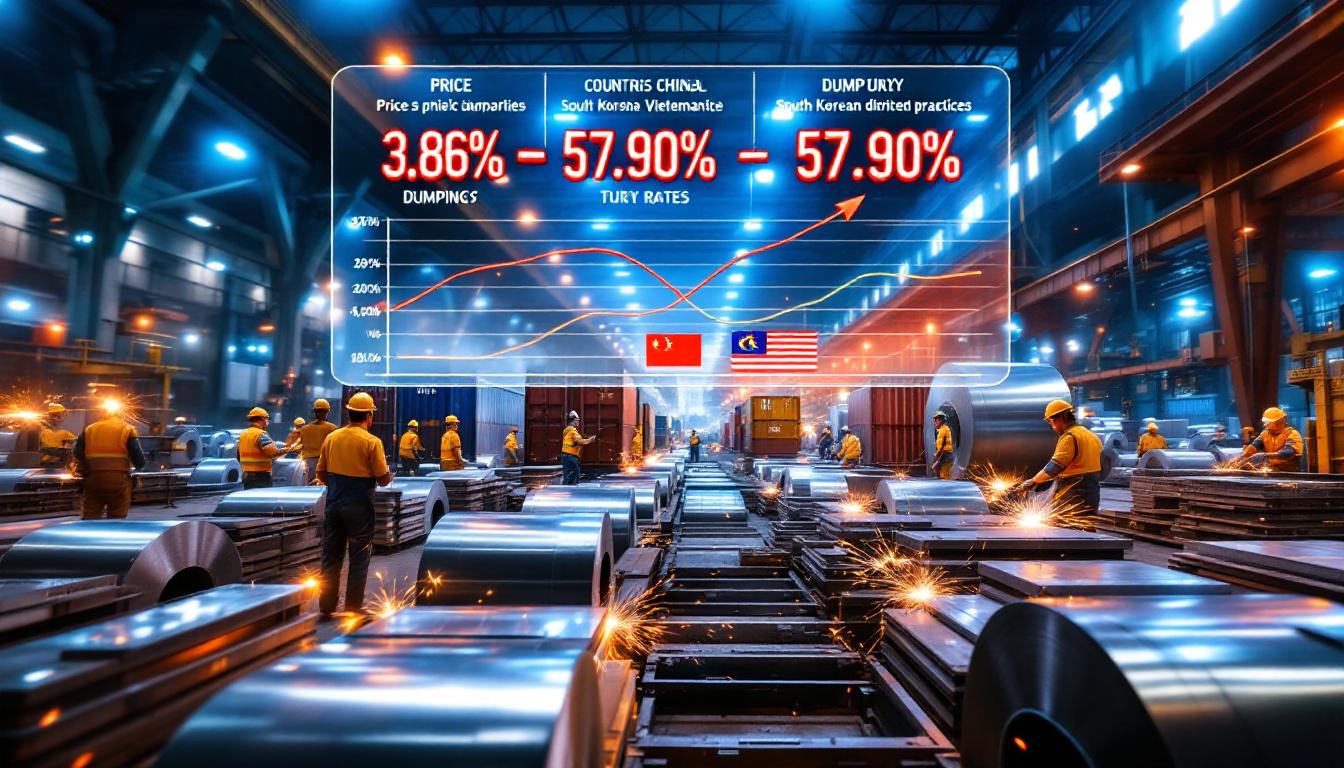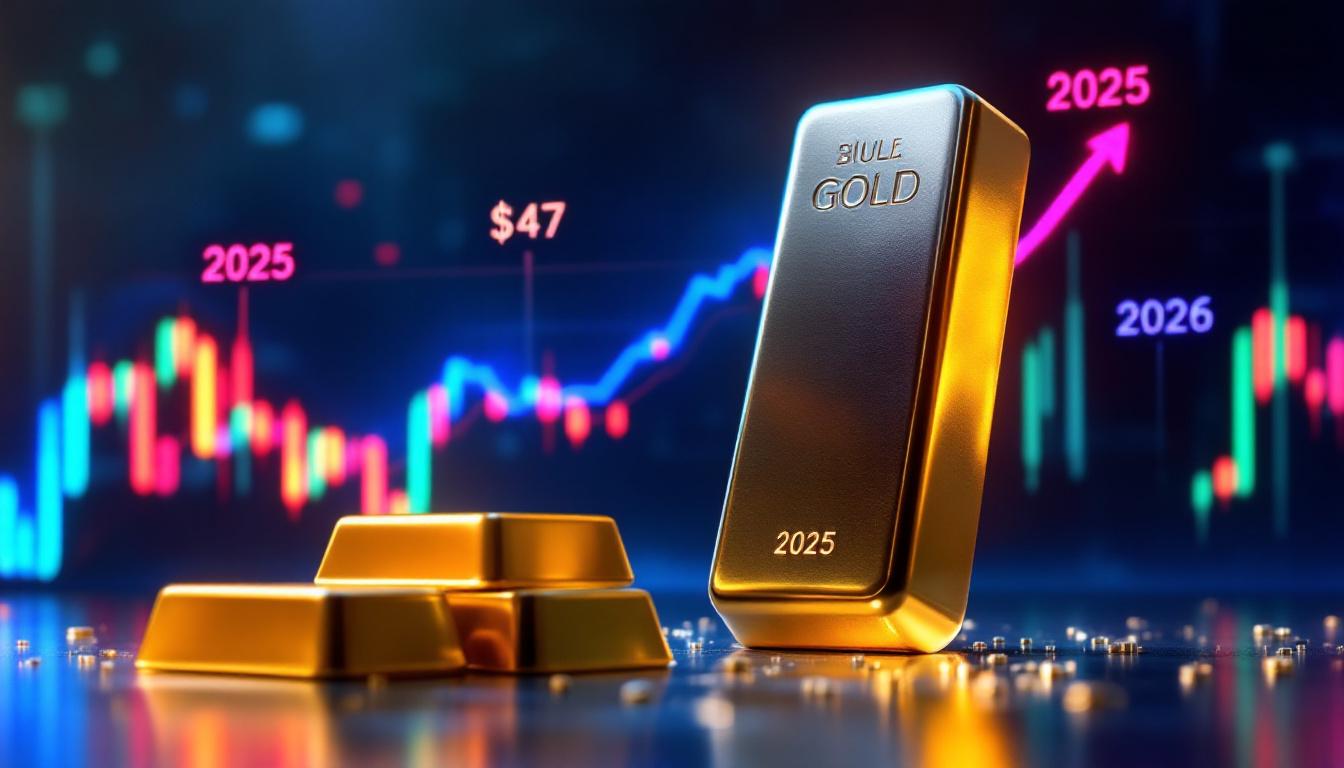Glencore is actively redefining its role within the European recycling sector while addressing the challenges of the energy transition. By advancing initiatives that support Glencore EU critical minerals recycling 2025, the company marries traditional mining operations with innovative recycling techniques. Its focus on sustainability is transforming industry practices.
Glencore is leveraging its established infrastructure to support a new era of recycling. In doing so, it is contributing to an european recycling revolution that promises to reshape resource recovery.
Glencore’s strategy uses cash flows from conventional mining to invest in advanced recycling initiatives. It has allocated around $2.8 billion—15% of its 2024 capital expenditure—toward projects that integrate efficient recycling methods with regulatory evolution. This funding underpins its commitment to the Glencore EU critical minerals recycling 2025 agenda.
Anna Krutikov, head of sustainable development, stated, “Our coal cash flows fund future-facing minerals projects while maintaining energy security in transition periods.” Her insights highlight a balanced approach between preserving legacy infrastructure and championing a circular economy.
Glencore is positioning itself as a key player in the critical minerals transition. The company currently covers roughly 30% of global cobalt supply and 12% of nickel production via recycling. This dual focus supports both environmental priorities and robust returns for shareholders.
Its transition plan includes employing an NPV-driven capital allocation model. Glencore sets an 8-12% IRR threshold for new projects to ensure long-term economic viability. This equilibrium between traditional operations and forward-looking investments underlines its commitment to Glencore EU critical minerals recycling 2025.
Krutikov emphasises, “We’re taking a balanced approach that recognises real energy transition timeframes.” Alongside the strategy, the firm is advancing its technical capabilities to maximise recovery from battery black mass. This progress demonstrates the company’s commitment to innovative solutions.
Glencore exploits its strengths in pyrometallurgical processing over hydrometallurgical methods. Its recovery rates reach 95% for nickel and 92% for cobalt. This advantage supports its recycling ambitions and reinforces the Glencore EU critical minerals recycling 2025 framework.
The modernization of its Sudbury smelter is one example, delivering a 22% reduction in emissions while increasing recycled material throughput. Such initiatives embody the merging of operational prowess with sustainability—a core tenet of the company’s long-term vision.
How is the company balancing immediate business needs with transition demands? Glencore’s careful shift towards critical minerals is evident in its ongoing operations. It retains coal mining alongside high-grade recycling projects to ensure a steady cash flow, supporting the broader Glencore EU critical minerals recycling 2025 plan.
Glencore’s evolving portfolio is underpinned by portfolios that integrate diverse mining practices. The company uses robust cash flows from legacy operations to invest in new projects. This diverse portfolio management mirrors the paradoxical mining role it now embraces.
Regulatory obstacles, however, still constrict progress. The EU’s current battery collection rate of 35% falls short of the 65% target set by EU Battery Regulation. This shortfall underscores persistent operational hurdles in meeting Glencore EU critical minerals recycling 2025 goals.
Fragmentation across 27 member states further complicates the scenario. The permitting process averages 18 months in the EU. In contrast, jurisdictions like South Korea complete permits in six months. Such disparities delay the establishment of new recycling capacity.
Reforms introduced in the February 2025 amendments to the EU Critical Raw Materials Act aim to ease these bottlenecks. Despite these attempts, harmonisation remains a significant challenge. In some regions, up to 14 different battery passport systems are concurrently under development.
Regional collaboration, as seen in the Nordic Battery Belt, offers a potential solution. Shared recycling zones between Norway and Sweden demonstrate how coordinated approaches might overcome cross-border challenges. These case studies offer insights that could accelerate progress across the EU.
Glencore’s growing influence in recycling extends beyond Europe. The company has built an extensive presence in North America, where it operates one of the largest scrap processing networks. Its network is responsible for covering 78% of regional EV battery scrap.
Glencore’s processing strategy is executed at two key facilities. The Sudbury operation in Ontario processes roughly 55,000 tonnes annually. Meanwhile, the Norwegian Nikkelverk facility handles around 30,000 tonnes per year, bringing the combined capacity to about 85,000 tonnes.
Its pyrometallurgical processes boast recovery rates of 72-74% for nickel and cobalt. However, lithium recovery rates remain low at 2-4% due to current technological limitations. The emphasis remains on optimising the technology for future improvements under the Glencore EU critical minerals recycling 2025 vision.
The Sudbury facility’s ISO 14001 certification validates its environmental commitment. A 2024 Life Cycle Assessment confirmed superior recovery rates and competitive carbon footprints when renewable energy is used. These environmental credentials bolster Glencore’s reputation in sustainable practices.
Why is European black mass primarily exported to Asia? Despite Europe’s aspiration for a closed-loop battery value chain, most European black mass is sent to Asia. Economic factors drive this trend, as Asian processors offer 15-20% higher payables compared to European facilities.
Cost differentials explain part of this dynamic. European processing averages $2,800 per tonne, while China’s costs are closer to $1,900 per tonne. Additionally, Asia’s significantly larger processing capacity attracts more than 580,000 tonnes annually—compared to Europe’s 112,000 tonnes.
These economic discrepancies ensure the export pattern persists. Major Asian recyclers, such as GEM and Huayou Cobalt, have optimised the supply chain for handling European black mass. However, the EU’s 2026 battery recycling mandate is set to encourage expansion of domestic capacity.
What practical barriers remain for mineral recycling in Europe? Collection inefficiencies are a persistent challenge. Approximately 43% of EU recyclers report incompatible waste classifications between nations. Such discrepancies hinder the smooth transfer of materials.
Permitting remains another critical barrier. Facilities repurposing hazardous materials face complex regulatory systems. Inconsistent national frameworks and lengthy approval processes contribute to delays and increased operational costs.
Storage and shipping add further complications. Battery materials require strict safety measures to counter fire risks. Variability in fire safety standards between the EU and regions like the U.S. escalates the challenges for operators managing international shipments.
Innovation is key to overcoming these obstacles. Projects like Northvolt’s blockchain battery passport pilot have reduced collection delays by 34% through improved traceability. Broader adoption of such digital solutions could streamline operations across Europe.
How is Glencore balancing decarbonisation with operational efficiency? The company integrates decarbonisation into its capital allocation without sacrificing performance. This strategy defines much of its Glencore EU critical minerals recycling 2025 agenda, with decarbonisation efforts woven into all levels of operation.
In Canada, Glencore has shifted to battery electric vehicles (BEVs), cutting diesel use by 41% between 2022 and 2024. This leap towards electrification particularly benefits underground mining, where diesel reduction is critical for emission control.
In open pit settings, decarbonisation means realigning diesel efficiency, not full electrification. At its Raglan nickel mine, the introduction of ai ore sorting technology improved energy use by 18%. This advancement reduces emissions while lowering operational costs.
Glencore also benefits from new decarbonisation practices. The adoption of decarbonisation strategies ensures environmental targets are met without compromising efficiency. This balanced approach supports its mission for sustainable growth.
Critical minerals supply chains are not without ethical challenges. Regions like the Democratic Republic of Congo (DRC) have complicated social and political landscapes. The DRC supplies a significant amount of cobalt and copper, places where human rights concerns demand careful attention.
Glencore has engaged with the Fair Cobalt Alliance since 2020. Its initiatives reportedly reduced child labour incidents in the Kolwezi region by 29% from 2020 to 2024. Nonetheless, the company continues to endure scrutiny over its human rights practices.
A stark reminder came in February 2025 when a four-month suspension on cobalt exports by the DRC triggered a market shock. The disruption sent cobalt prices soaring, underscoring the fragility of supply chains and the need for responsible sourcing practices.
Market volatility further complicates the picture. Critical mineral prices have fluctuated following recent supply chain disruptions. Cobalt hydroxide prices almost doubled amid uncertainty, reflecting the industry’s sensitivity to geopolitical events and regulatory shifts.
Lithium markets have also shown dynamic responses. After an 18-month decline of 68%, prices stabilised at around $13,200 per tonne in March 2025. As noted by market analyst Vijay Vaitheeswaran, uncertainties around lithium demand could reshape long-term investments.
How will recycling contribute to future supply? The International Energy Agency (IEA) estimates that recycling could supply 12% of cobalt and 9% of nickel needs by 2030. Glencore aims for 25% recycled content in its battery-grade metals by 2025, a goal that aligns with its broader Glencore EU critical minerals recycling 2025 strategy.
Technological innovations continue to drive change. Advancements in battery chemistry and direct recycling methods could improve overall metal recovery. Although current technologies only recover 2-4% of lithium, ongoing research may substantially improve these figures.
In this evolving landscape, external insights into recycling strategies are crucial. Information on broader industry efforts can be found through eu recycling insights that discuss regulatory and market drivers affecting the supply chain.
Glencore’s approach is emblematic of a broader industry shift. Initiatives such as glencore recycling initiatives underscore its commitment to sustainable energy practices and responsible resource management.
What are the key critical minerals needed for the energy transition?
Cobalt, nickel, lithium, manganese, and copper are all crucial for batteries, electric motors, and renewable infrastructures. Rare earth elements remain critical for wind turbine magnets and electric vehicles.
How does the EU’s Critical Raw Materials Act influence recycling operations?
The EU mandates that, by 2030, 15% of critical raw material consumption must come from recycling. It also streamlines permits for strategic projects, helping shape a more sustainable, circular supply chain.
What promising technologies could enhance mineral recovery?
Advanced pyrometallurgical processes achieve up to 95% recovery for certain metals, while emerging hydrometallurgical and direct recycling methods hold promise for improving lithium outcomes.
What timeline is feasible for Europe’s recycling infrastructure development?
Experts suggest that, with accelerated investments and permitting, Europe could achieve self-sufficiency in recycling by 2028-2030.
The future of critical minerals recycling in the EU is shaped by regulatory reforms, technological innovations, and evolving market dynamics. While significant challenges remain, companies committed to initiatives like Glencore EU critical minerals recycling 2025 are poised to lead the change.
Glencore’s balanced model of utilising conventional cash flow to finance forward-thinking recycling solutions offers the industry a roadmap for sustainable progress. Through collaboration, innovation, and ongoing adaptation, the company is forging a resilient path for the energy transition.
Want to Stay Ahead of Market-Moving Mineral Discoveries?
Discovery Alert’s proprietary Discovery IQ model instantly notifies investors about significant ASX mineral discoveries like those transforming the critical minerals recycling landscape, turning complex data into actionable insights for both short and long-term opportunities. Explore why major mineral discoveries lead to exceptional returns by visiting the dedicated discoveries page and start your 30-day free trial today.




